Description
Sassafras is healing throughout the alimentary & eliminative systems, and is an effective cleanser of the whole body. Sassafras is often used to cover the disagreeable taste of herbal bitters. The pith makes an excellent demulcent & drink for the stomach and intestines (and is an antidote for poisoning by acid or alkaline corrosives).
It is a deciduous tree. The stem grows from 10-125 feet tall and is covered with a rough, grayish bark. Leaves are alternate, downy on the lower side, and variable from ovate to elliptic, entire or 3-lobed. The small, yellowish-green flowers grow in racemes, blooming before the leaves appear. The fruit is a pea-sized, yellowish-green drupe. It is a anodyne, antiseptic, diaphoretic, diuretic, and stimulant.
Origin(s): United States.
Latin Name(s): Sassafras albidum
Also known as: Ague Tree, Saxifrax, Cinnamonwood, Saloop, Smelling-stick.
Plant Part(s) Used: Root Bark.
Appearance: Reddish brown.
Aroma: Sweet, root beer-like.
Taste: Root beer-like.
GMO Status: Non-GMO.
Allergen: None.
Additives: Free of any additives or preservatives.
Applications / Preparations: Can be put into capsules, teas, beverages or infused as an herbal extract. For cosmetic use can be put in carrier oil to make salves, ointments & balms. For aromatic use can be infused in oil or alcohol for soaps and perfumes. For decorative use can be put in botanicals displays & crafts. For household use can be used in topical solutions to naturally deter insects including mosquitoes.
Storage: Store in a sealed container in a cool, dry place.
Shelf Life: It is very difficult to pin down an exact expiration date for most single herbs as they do not really expire, they lose potency or strength over time but will still have value. Unlike synthetic material or drugs, herbs can contain many constituents that contribute to their medicinal effects. Even if when we know what the active constituents are, there are often many of them in a single herb, each with different rates of degradation. Some herbs lose their effect more easily. Other herbs that possess more stable compounds such as alkaloids or steroids will last much longer.
A huge part of the degradation rate of herbs depends also on the storage conditions of the herb, & even on the quality of the herb before storage – how it was grown, harvested, dried & processed. If the product is left in hot places or open to sunlight then it will degrade much quicker than if it was stored in cool, dry place & sealed tightly.
A good rule of thumb is that herbs should be stored no longer than 2-3 years but many herbs will have great strength much longer than that. To determine if a an herb is still good you can check the appearance & aroma. Herbs that are no longer acceptable will have lost much of its vibrant color & will instead appear dull & faded. The bigger key though is to smell the raw materials to see if the potent aroma is still present.
Note: Not for use in pregnancy except under the supervision of a qualified healthcare practitioner. Not for long-term use. Ask our Certified Master Herbalist for assistance.

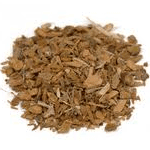
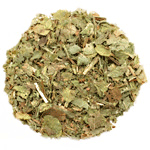

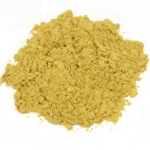

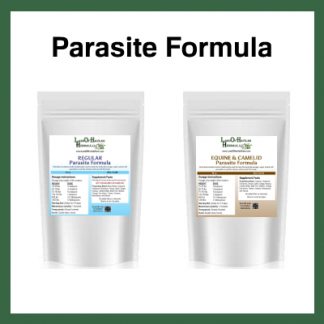
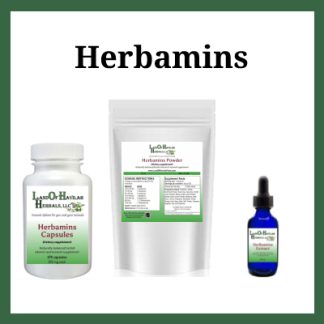
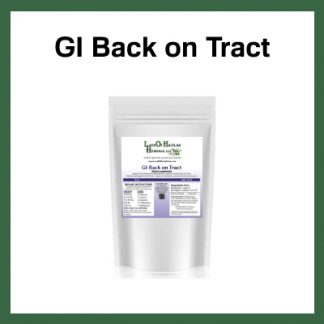
Reviews
There are no reviews yet.